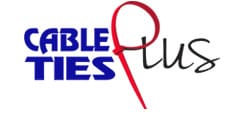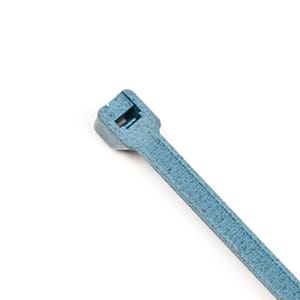Wire connectors are a smart investment. They are easy-to-use, while being flexible and dependable tools for an array of projects. Professionals in the construction, irrigation, maintenance, OEM, and industrial fields use them every day. There is no more secure or convenient method for managing your wiring systems. It’s simply a matter of inserting the wire and completing the connection with a twist.
Of course, one must understand how to properly prepare and implement these solutions. Successful installation will prevent electrical failure that can lead to unwanted stoppage, smoke conditions and fire. With electrical systems, an improperly installed wire connector is always a risk.
To avoid this, the connector has to be the right size. As electricians know, wires react to current. They expand when current is running through them and contract when current has stopped (i.e., when the switch is turned on and off). The wrong size opens up the possibility of an expanded wire popping loose, or a contracted wire slipping out of the connector. This negates the sheltering and protection the wire connector is supposed to provide. Now you’re looking at a hazardous situation. Wires can spark, smoke or overheat.
Wire sizes are most commonly designated by their AWG, or American Wire Gauge. This sizing classification system breaks down the cross-sectional area of a wire. Wires for lamps will have a different AWG number than wires used for extension cords, light fixtures or service panels. For instance, a 110-volt air conditioner will have an average gauge of 12 while a large heater may have a 6.
Once you know the AWG, it’s a matter of selecting a wire connector for that particular number. Connector boxes tend to have ratings listed on the side of the box along with other pertinent information, such as the number of conductors in the specific wire. Ultimately, choose the connector based on the following criteria:
- Color to match US AWG standards for identification
- Which AWG the connector accommodates (i.e., 18 through 12 or 22 through 14)
- The minimum and maximum possible connections
CableTiesPlus has wire connectors that can withstand high temps and that are CSA certified and UL listed. Our connectors are engineered from quality materials and promise to meet all AWG standards. Should you need help sorting through our selection give us a call (800-926-5981) and talk with one of our knowledgeable techs.



